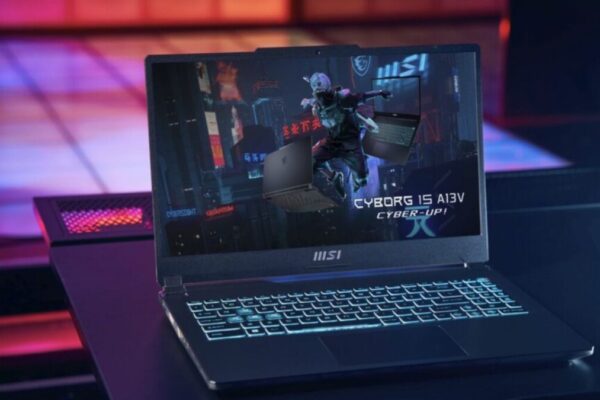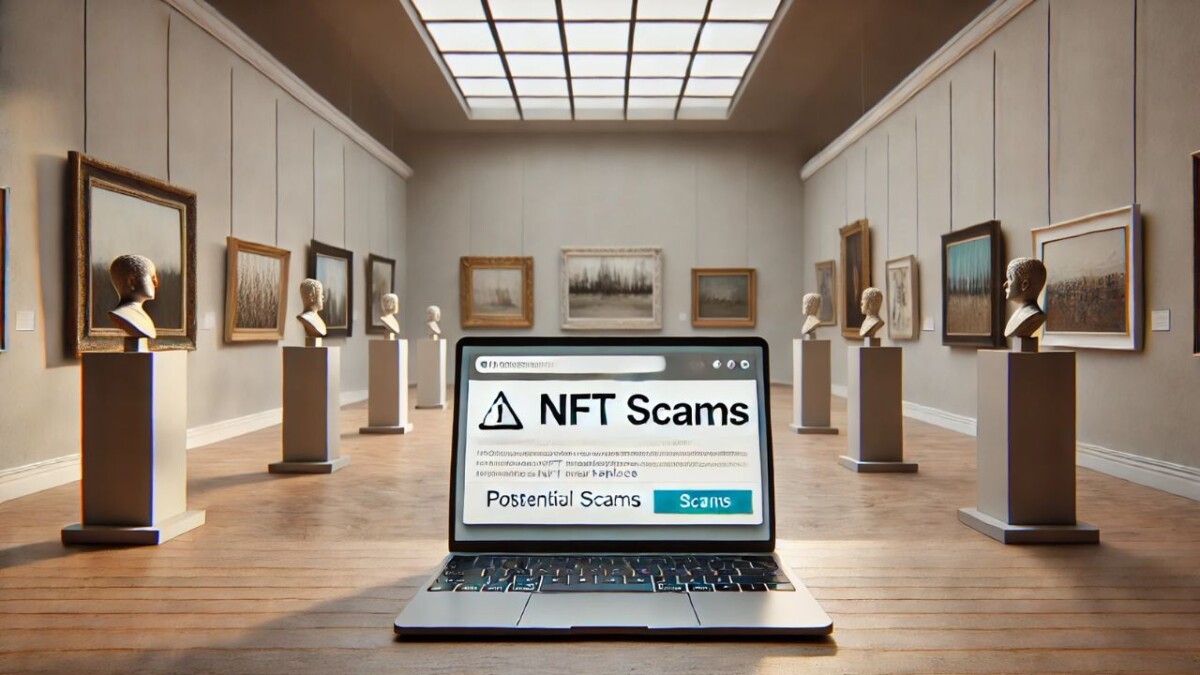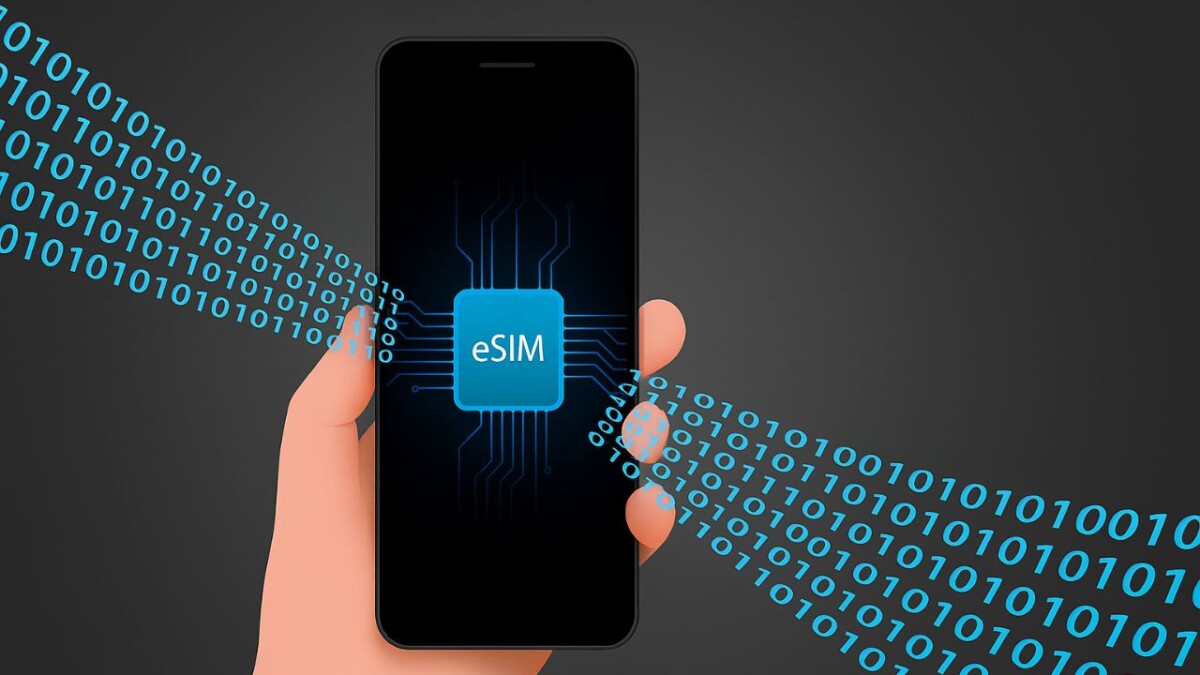In recent years, the rise of Non-Fungible Tokens (NFTs) has revolutionized the art world, providing galleries with a new way to showcase and monetize their collections. However, with innovation comes exploitation, and a growing number of scams are targeting unsuspecting art galleries. If you manage or own a gallery, here’s what you need to know to protect yourself.
How NFT Scams Work: The Modus Operandi
Scammers use a variety of tactics to lure galleries into their traps. Here’s how these schemes often unfold:
- Flattery and Initial Contact
Scammers reach out via email, social media, or messaging platforms, expressing admiration for your gallery’s collection and claiming they want to purchase works as NFTs. Their messages are often generic but filled with praise to make you feel valued. - Request to Mint or Transfer
They might ask you to “mint” artworks as NFTs on specific platforms. These platforms are often fake or compromised, requiring upfront fees for minting or registration. - Phishing Links
They provide links to fake NFT marketplaces or platforms. Clicking these links may:- Steal your wallet credentials (e.g., seed phrases or passwords).
- Install malware on your device.
- Fake Payment Proof
Scammers send fake payment receipts or blockchain transaction IDs, claiming they’ve already sent payment. In reality, no funds will ever arrive. - Escrow Services
They suggest using a third-party escrow service to facilitate the transaction. These escrow services are usually controlled by the scammers themselves. - Request for Wallet Access
Some scammers ask for direct access to your crypto wallet, claiming they need it to finalize the transaction. This can lead to immediate theft of your funds.
The Risks Involved
Engaging with such scams can lead to:
- Financial Loss: Upfront fees for fake minting services or drained crypto wallets.
- Data Theft: Loss of sensitive information through phishing attacks.
- Reputational Damage: If your gallery’s collection is minted without your consent, it could harm your credibility.
- Legal Complications: Scammers could involve you in fraudulent transactions, potentially causing tax or legal issues.
- Intellectual Property Theft: High-resolution images of your artworks could be stolen and minted as NFTs by scammers.
Understanding Blockchain and NFTs
To grasp how these scams exploit galleries, it’s essential to understand some basics:
- What is Blockchain?
Blockchain is a decentralized, digital ledger that records transactions across multiple computers. It ensures that data is secure, transparent, and immutable. - What are NFTs?
NFTs are unique digital assets stored on a blockchain. Unlike cryptocurrencies like Bitcoin, which are fungible (interchangeable), NFTs represent ownership of a specific item, such as a digital artwork. - How Do NFT Transactions Work?
NFT transactions involve creating (minting) a digital token of your gallery’s artwork on a blockchain platform. Buyers purchase these tokens, with transactions recorded on the blockchain. Legitimate platforms include OpenSea, Rarible, and Foundation.
Red Flags to Watch For
- Overly Enthusiastic Buyers: Be wary of unsolicited messages from people unfamiliar with your gallery’s collection but eager to buy it.
- Unknown Platforms: Avoid minting your collection on unverified platforms.
- Phishing Links: Always double-check URLs and avoid clicking on suspicious links.
- Upfront Payments: Legitimate platforms deduct fees from sales, not before.
- Requests for Private Information: Never share your wallet’s seed phrase or private keys.
How to Protect Yourself
- Verify the Buyer
Research their identity through LinkedIn, reverse image searches, or by checking their online presence. - Stick to Reputable Platforms
Use well-known NFT marketplaces such as OpenSea, Rarible, or Foundation for transactions. - Avoid Sharing Sensitive Information
Never disclose your wallet’s private keys, seed phrases, or passwords. - Enable Two-Factor Authentication (2FA)
Secure your accounts and wallets with 2FA. - Be Skeptical of Too-Good-to-Be-True Offers
If a deal seems too perfect, it probably is. - Consult Professionals
If your gallery is new to NFTs, seek advice from trusted experts or colleagues who have experience in the field.
What to Do If You’ve Been Targeted
- Ignore and Block: Do not engage with suspicious messages; block the sender immediately.
- Report the Scam: Notify the platform where you were contacted (e.g., Instagram, Facebook, or email providers).
- Scan Your Device: Check for malware if you clicked on any links.
- Seek Expert Help: Consult cybersecurity experts if you suspect your wallet or accounts have been compromised.
Final Thoughts
While NFTs offer incredible opportunities for galleries, the space is rife with scams targeting those unfamiliar with blockchain technology. By staying vigilant and informed, you can protect your gallery and its collection from exploitation. Share this information with your colleagues to help build a safer creative community.















